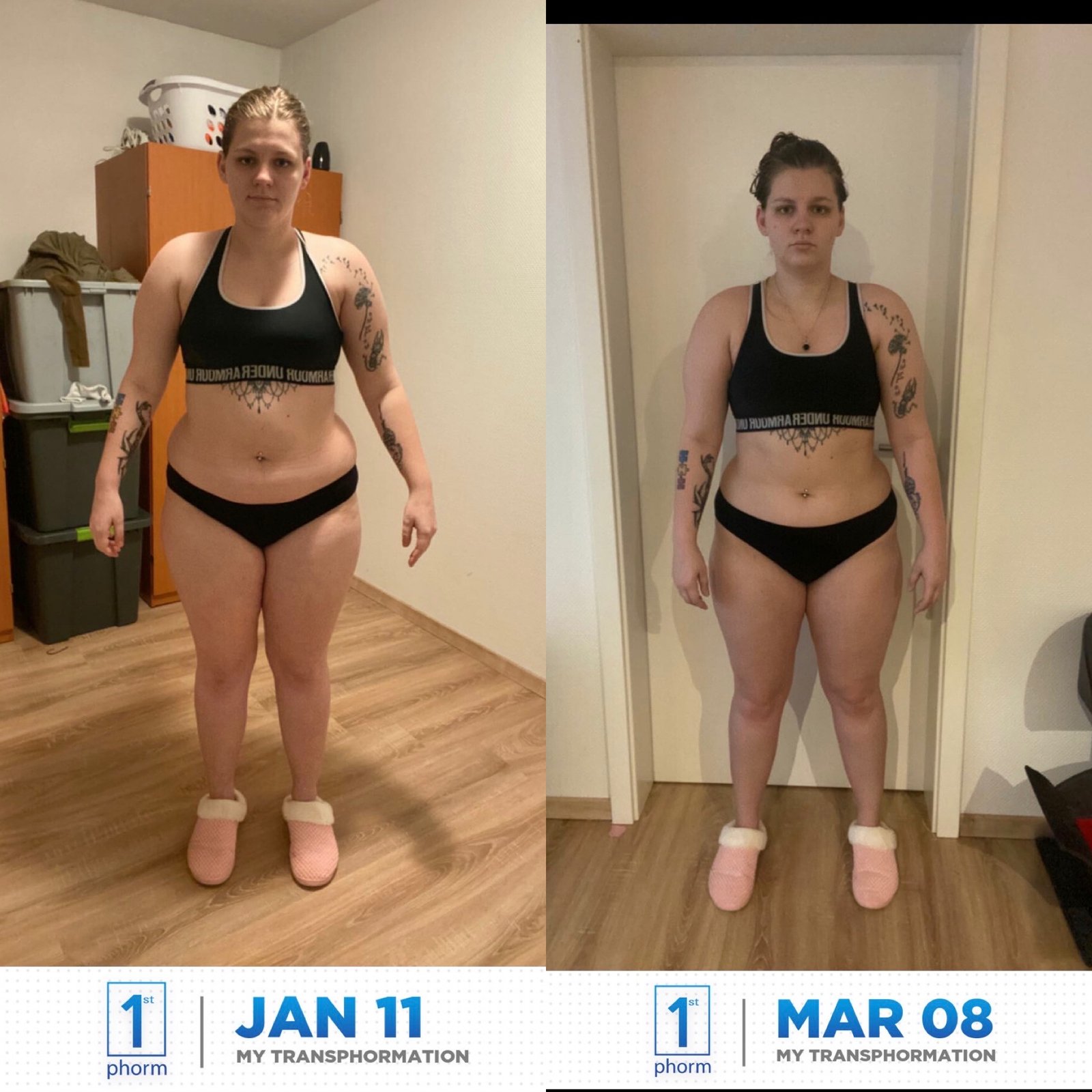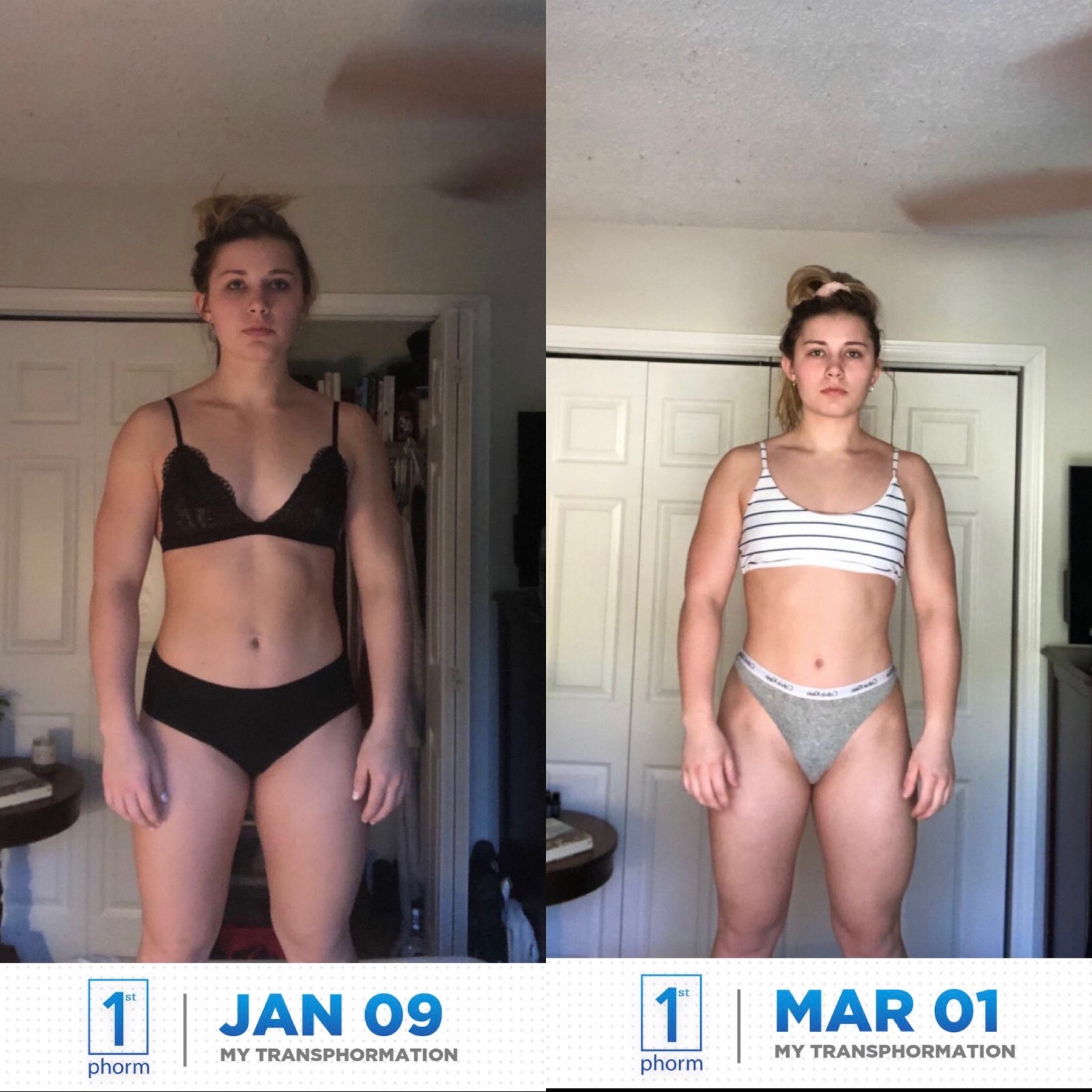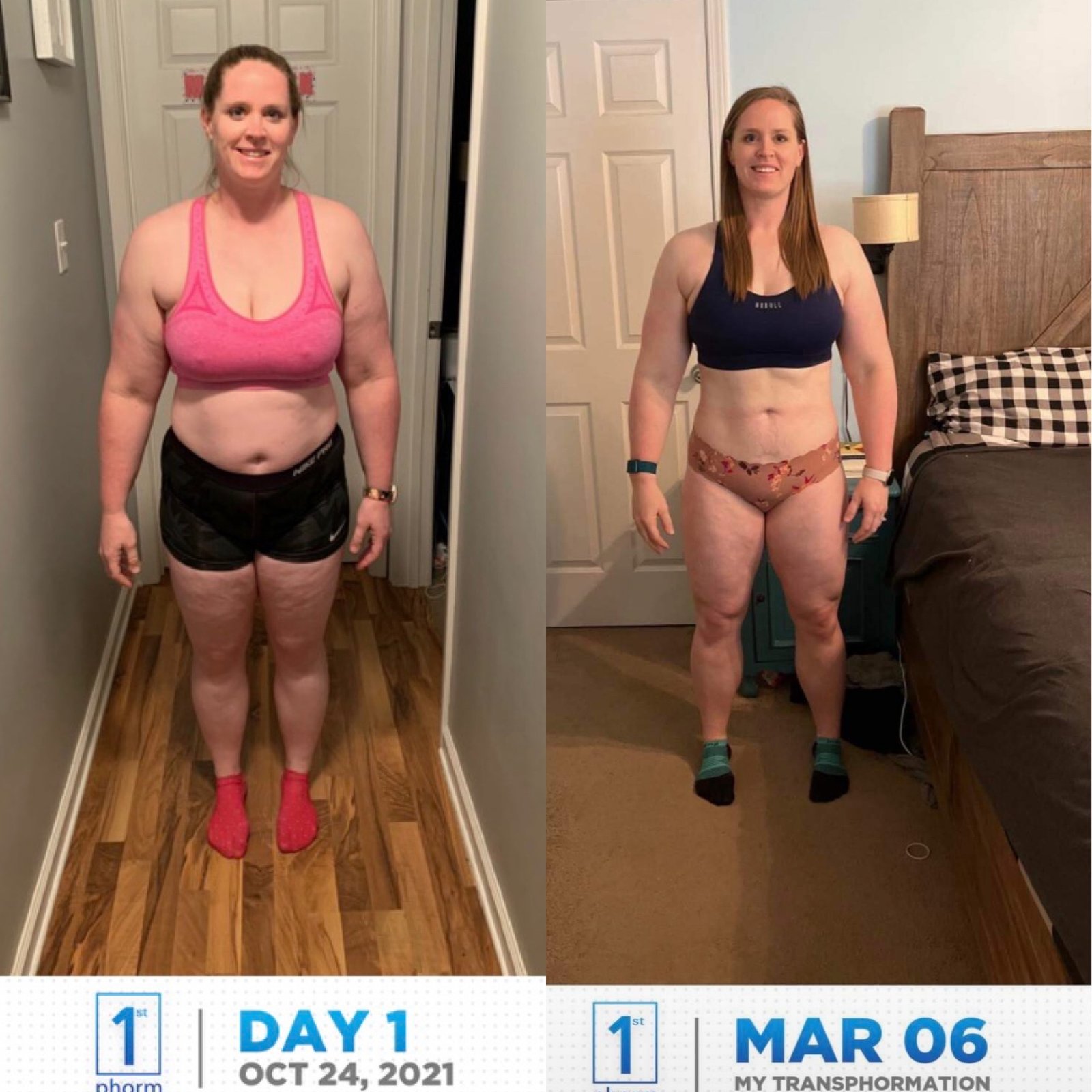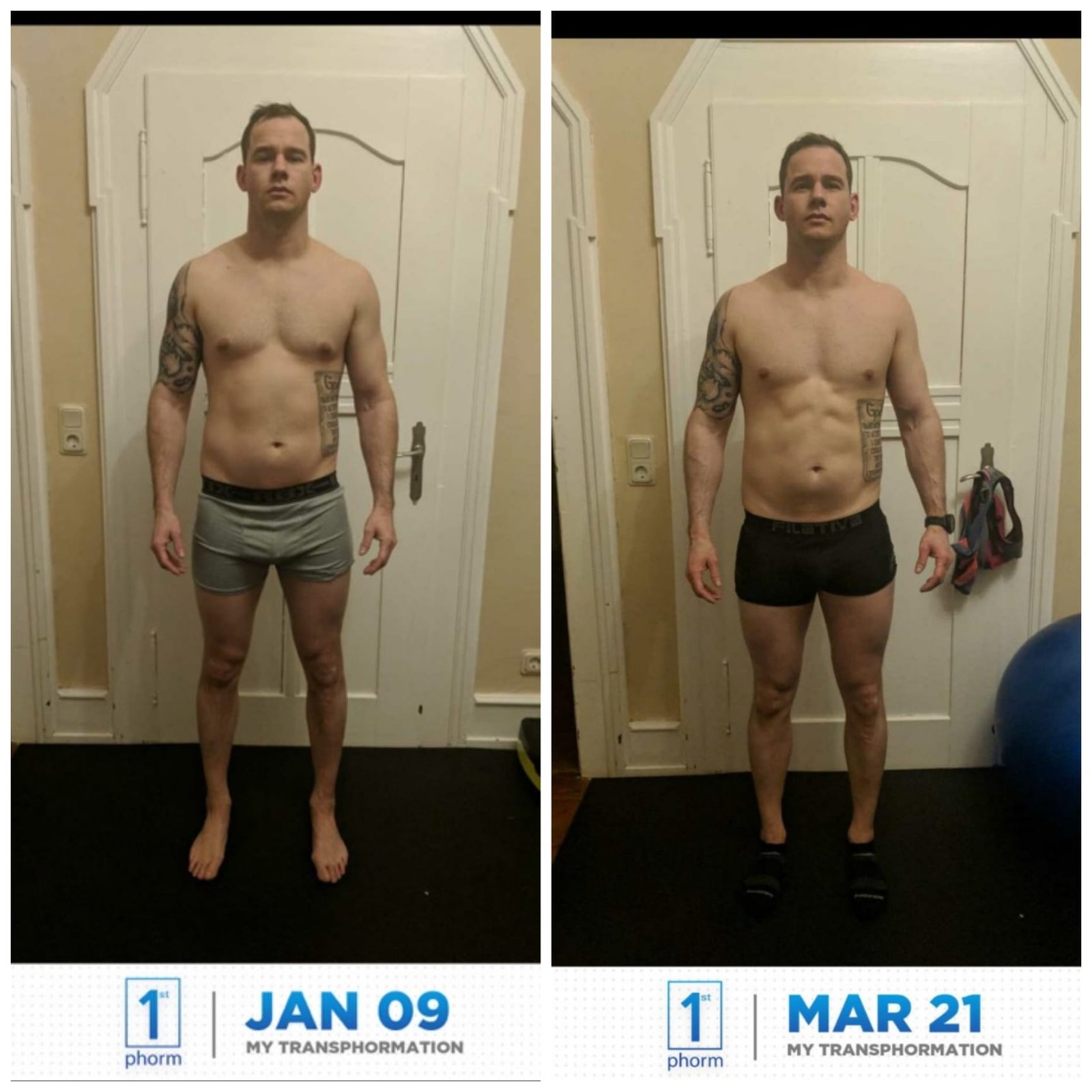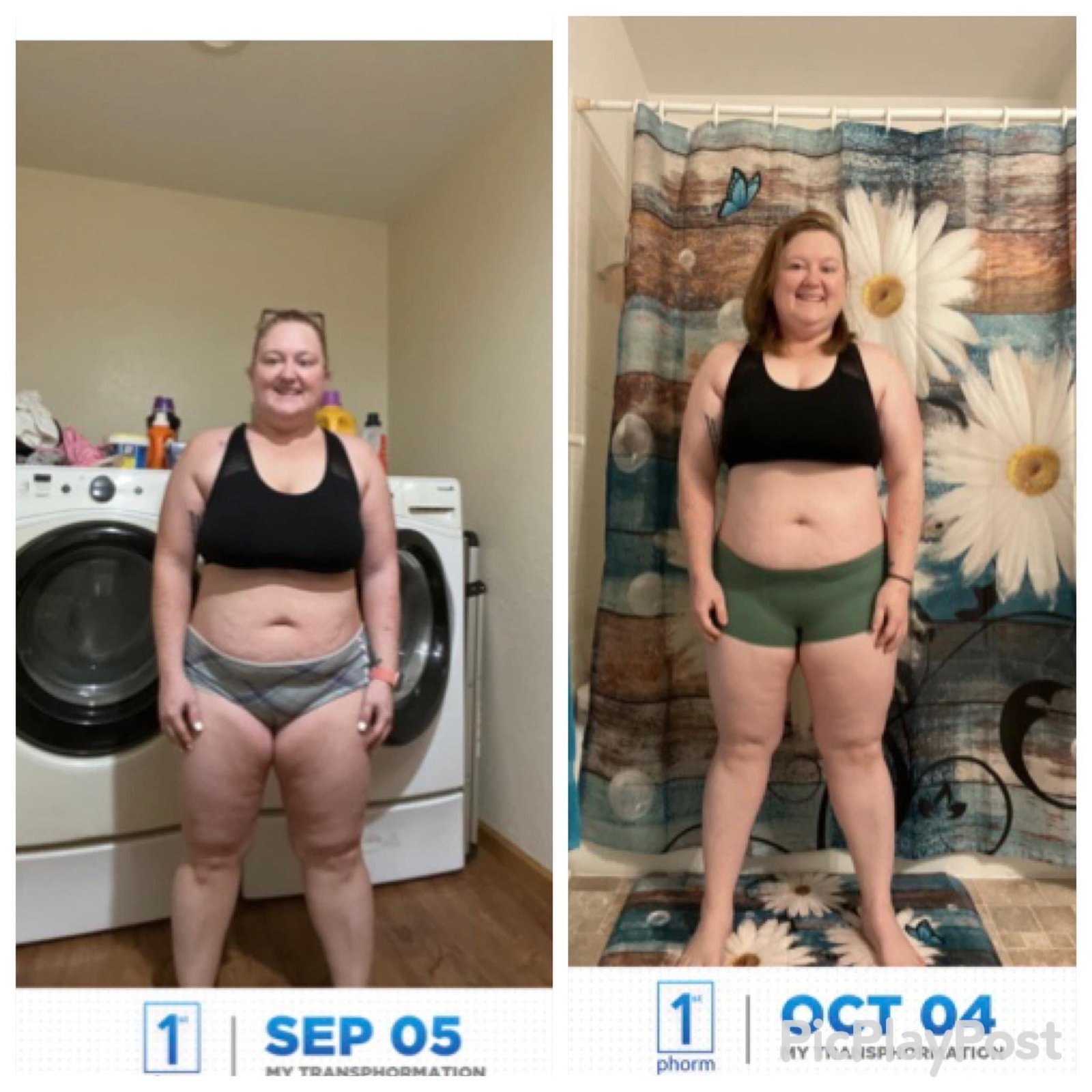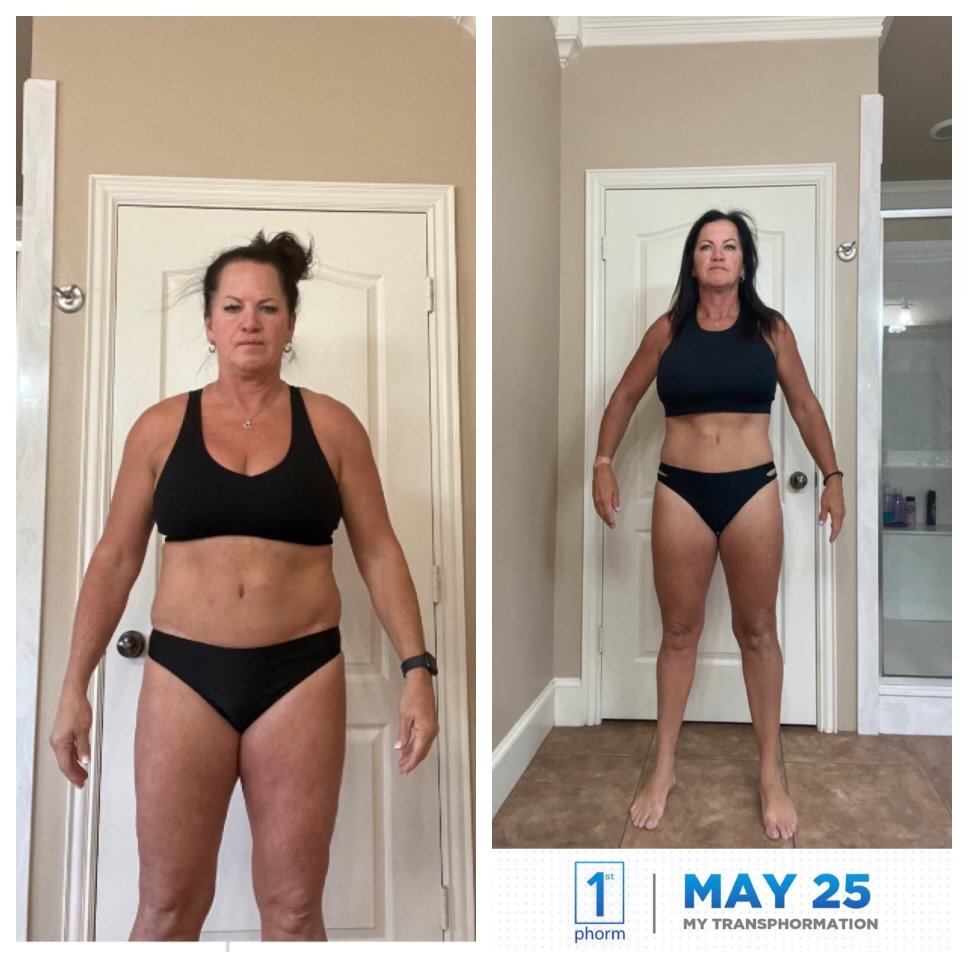If you’re looking to shed some extra pounds and increase your endurance, designing a cardio program is an excellent place to start. However, creating an effective cardio program can be challenging, especially if you’re new to fitness or have limited experience with cardio workouts. That’s why we’ve put together this comprehensive guide to walk you through the process step-by-step.
In this guide, we’ll explore the benefits of cardio workouts, how to assess your fitness level, selecting the right cardio exercises, and how to structure your program to achieve optimal results. We’ll also discuss monitoring progress, nutrition and hydration, and cross-training to prevent plateaus.
By mastering the art of designing a cardio program tailored for weight loss and endurance, you’ll be on your way to a fitter, healthier you.
Key Takeaways:
- Cardio workouts are an effective way to achieve weight loss and increase endurance
- Before designing a cardio program, it’s crucial to understand the benefits of cardiovascular exercise
- Assessing your current fitness level is essential to create a program that suits your needs
- Setting clear and achievable goals is vital for any fitness journey
- Choosing the right cardio exercises and structuring your program is key to maximizing results
Understanding the Benefits of Cardiovascular Exercise
Before diving into designing a cardio program, it’s crucial to understand the benefits of cardiovascular exercise. Cardiovascular exercise, also known as cardio or aerobic exercise, is any activity that elevates your heart rate and increases oxygen consumption. The main benefits of cardio exercise are:
- Improved cardiovascular health
- Lowered risk of chronic diseases, such as heart disease, diabetes, and certain cancers
- Weight loss and weight management
- Increase in endurance and stamina
- Improved mood and mental wellbeing
Additionally, cardio exercise can help you build and maintain lean muscle mass while reducing body fat. This is important for overall health, as excess body fat has been linked to numerous health complications, such as high blood pressure and inflammation.
A study published in the American Journal of Lifestyle Medicine found that regular cardio exercise can lead to significant improvements in cardiovascular health markers, such as blood pressure, cholesterol levels, and insulin sensitivity. Another study published in the British Journal of Sports Medicine found that engaging in cardio exercise for at least 150 minutes per week can reduce the risk of all-cause mortality by 31 percent.
Overall, incorporating cardio exercise into your fitness routine can yield numerous benefits for your physical and mental health. In the next section, we will discuss how to assess your current fitness level to design a cardio program that suits your needs.
Assessing Your Current Fitness Level
Before starting any cardio program, it’s crucial to assess your current fitness level. This helps you create a tailored program that suits your needs and abilities. By accurately determining your fitness level, you can set realistic goals for weight loss and endurance. Here are some tools and techniques to help you assess your fitness level:
Cardiovascular Endurance Test
The cardiovascular endurance test measures your body’s ability to transport oxygen to your muscles during exercise. To perform this test, choose an activity such as jogging, cycling, or swimming, and monitor your heart rate and time yourself for a set distance. If you feel short of breath or tired during the exercise, stop and record your time and heart rate. This test will help you evaluate your aerobic capacity and gauge your cardiovascular endurance.
Body Composition Analysis
Your body composition analysis shows you the percentage of body fat and lean muscle mass in your body. This can be measured using a body fat percentage calculator or through physical assessments such as skinfold calipers or bioelectrical impedance analysis. By knowing your body composition, you can accurately determine your overall fitness level and set realistic weight loss goals.
Fitness Assessment Questionnaire
A fitness assessment questionnaire is a self-reported tool that helps you evaluate your current fitness level. It includes questions related to your physical activity level, medical history, and lifestyle habits. By completing a fitness assessment questionnaire, you can gain a better understanding of your overall health and fitness level.
The results of your fitness assessment can help you create a program that suits your needs and abilities. If you’re a beginner or have any medical conditions, it’s recommended that you consult a healthcare professional before starting your cardio program. By taking these steps, you can ensure that your cardio program is safe, effective, and tailored to help you achieve your fitness goals.
Setting Clear Goals for Weight Loss and Endurance
Setting clear and achievable goals is paramount when designing your cardio program. Your goals will determine the type of exercise you will do, the frequency, duration, and intensity of your workouts. If your goal is primarily weight loss, your program will have a different structure than if your primary goal is endurance. Therefore, before embarking on your cardio workout journey, take the time to define your goals.
Here are some tips on how to set your goals:
- Be specific: Define what you want to achieve, including numbers and deadlines. A vague goal like “to be healthier” is difficult to measure.
- Be realistic: Do not set yourself up for failure by setting unrealistic goals. Consider your current fitness level and give yourself a challenge without overdoing it.
- Be flexible: Goals can change depending on how your body responds to your cardio program. Be open to tweaking your goals if necessary.
Once you have defined your goals, it’s time to create a plan of action. Consider breaking down your goals into smaller, more manageable sections to make it less daunting. For example, if your goal is to lose 20 pounds in three months, aim to lose five pounds a month instead of focusing on the overall 20 pounds.

Tracking your progress throughout your cardio program is also essential. Consider creating a table that tracks your weight, body fat percentage, and measurements over time to see how your program is impacting your body. Celebrate your achievements and use any setbacks as motivation to continue pushing forward towards your goals.
Choosing the Right Cardio Exercises
In designing a cardio program, choosing the right cardio exercises is essential to achieving weight loss and boosting your endurance. Here are vital factors to consider when selecting cardio exercises:
- Personal Preference: Pick exercises you genuinely enjoy doing to maintain motivation and consistency.
- Fitness Level: Choose exercises that suit your fitness level, starting with low-impact exercises and gradually increasing intensity as you progress.
- Equipment Availability: Consider available equipment or facilities when selecting the exercises. Running, cycling, swimming, and jumping rope are excellent cardio exercises that require little or no equipment.
Here is a list of cardio exercises you can incorporate into your program:
| Exercise | Benefits |
|---|---|
| Running | An excellent calorie-burning exercise that strengthens the leg muscles and improves cardiovascular health. |
| Jumping Rope | A low-impact exercise that boosts coordination, improves cardiovascular health, and burns a significant amount of calories. |
| Cycling | A non-weight-bearing exercise that is gentle on the joints, enhances cardiovascular health, and strengthens the lower body. |
| Swimming | A low-impact and full-body exercise that burns calories, improves cardiovascular health, and strengthens the muscles. |
| Rowing | A full-body exercise that strengthens the muscles, improves cardiovascular health, and is low-impact. |
Remember to incorporate a variety of exercises into your program to work different muscle groups and prevent boredom. Choose at least 2-3 exercises per workout session, performing each exercise for the recommended duration and intensity to achieve optimal results.
Structuring Your Cardio Program
Designing a structured cardio program is key to maximizing your weight loss and endurance potential. Here are steps to follow:
- Set your workout frequency: Aim for at least three days of cardio workouts per week, with rest days in between.
- Determine your workout duration: Start with 20-30 minutes and gradually increase the time as your fitness level improves.
- Choose your cardio exercise: Consider your preferences and limitations when selecting the type of cardio exercise, such as running, cycling, or swimming.
- Set your workout intensity: To boost weight loss and endurance, aim for moderate to high-intensity workouts.
- Incorporate variety with interval training: Add intervals of high-intensity work followed by brief recovery periods to challenge your body and avoid plateaus.
- Track your progress: Use a workout journal or fitness app to record your progress and adjust your program as necessary.
Here is an example of a well-structured cardio program for weight loss and endurance:
| Day of the Week | Cardio Exercise | Duration | Intensity |
|---|---|---|---|
| Monday | Running | 30 minutes | High-Intensity Intervals |
| Wednesday | Cycling | 40 minutes | Moderate Intensity |
| Friday | Swimming | 45 minutes | Moderate-Intensity Intervals |
Remember, a well-designed cardio program takes time and effort to create. But with patience and consistency, you’ll be on your way to achieving your weight loss and endurance goals.
Incorporating Interval Training for Optimal Results
Interval training is a highly effective method for achieving weight loss and increasing endurance. By alternating between high-intensity bursts of activity and periods of rest or low-intensity activity, you can burn more calories and improve your cardiovascular fitness in less time than traditional steady-state cardio workouts.
Research has shown that interval training can also increase your body’s ability to use oxygen, which is essential for building endurance and stamina. Additionally, interval training has been found to be effective in reducing body fat and improving insulin sensitivity, making it a valuable tool for weight loss and diabetes prevention.
How to Incorporate Interval Training into Your Cardio Program
When incorporating interval training into your cardio program, it’s important to start slow and gradually increase the intensity and duration of your intervals. If you’re new to interval training, begin with a 1:2 work-to-rest ratio, such as 30 seconds of high-intensity exercise followed by one minute of rest or low-intensity activity.
As you become more comfortable with interval training, you can increase the work-to-rest ratio and decrease the rest periods to challenge your body and maximize your results. A 1:1 work-to-rest ratio, such as 30 seconds of high-intensity exercise followed by 30 seconds of rest or low-intensity activity, is a good goal to work towards.
Sample Interval Training Workouts
Here are some sample interval training workouts to help you get started:
| Workout Type | Work Interval | Rest Interval | Total Time |
|---|---|---|---|
| Stationary bike | 30 seconds | 60 seconds | 20 minutes |
| Treadmill | 30 seconds sprint/30 seconds incline walk | 60 seconds | 20 minutes |
| Jump rope | 30 seconds | 30 seconds | 10 minutes |
Remember to always warm up before any workout and cool down afterward. Don’t forget to stretch to prevent injury and speed up recovery.
By incorporating interval training into your cardio program, you can achieve optimal results in less time while improving your cardiovascular health and burning fat. Start slowly, work up gradually, and enjoy the benefits.
Monitoring and Tracking Progress
Tracking your progress is essential to ensure that your cardio program is effective in achieving your weight loss and endurance goals. Here are some effective ways to monitor your progress:
- Keep a workout journal: Document your workouts, including the type of exercise, duration, and intensity, and record your weight and body measurements regularly.
- Use technology: Many fitness apps and wearable devices can track your heart rate, calories burned, and distance covered during workouts.
- Regular assessments: Schedule regular fitness assessments to track your progress in strength, flexibility, and endurance.
Monitoring your progress can help you identify areas for improvement and make necessary adjustments to your cardio program. For example, if you notice that you’re not losing weight as quickly as you’d like, you might need to increase the intensity or duration of your workouts.
Remember, progress takes time, and it’s crucial to be patient and consistent with your cardio program.
Below is an example of how you can track your progress:
| Date | Weight | Body Measurements | Cardio Exercise | Duration | Intensity |
|---|---|---|---|---|---|
| 6/1/21 | 150 lbs | Waist: 32 in Hips: 40 in Thighs: 22 in |
Treadmill | 30 min | Moderate |
| 6/8/21 | 148 lbs | Waist: 31 in Hips: 39.5 in Thighs: 21.5 in |
Elliptical | 45 min | Vigorous |
| 6/15/21 | 147 lbs | Waist: 30.5 in Hips: 39 in Thighs: 21 in |
Stationary bike | 60 min | High |
Use the table above as a template to track your progress and adjust your cardio program accordingly.
Nutrition and Hydration for Cardiovascular Health
Proper nutrition and hydration are vital components to optimize your cardiovascular health and your cardio program.
When it comes to nutrition, it’s important to consume nutrient-dense foods that provide sustained energy throughout your workouts. Some great options include whole grains, lean proteins, and plenty of fruits and vegetables.
It’s also essential to stay hydrated during your workouts to prevent dehydration and improve performance. Aim to drink water before, during, and after your workouts. You can also include electrolyte-containing beverages to replenish lost fluids and nutrients.
| Pre-workout: | Eat a small, balanced meal 30-60 minutes before your workout to provide your body with the necessary fuel. |
|---|---|
| During workout: | Drink water or an electrolyte-containing beverage every 10-20 minutes, especially during longer workouts. |
| Post-workout: | Eat a meal containing a balance of protein, complex carbohydrates, and healthy fats to aid in recovery and muscle repair. |
Incorporating proper nutrition and hydration into your cardio program can help fuel your workouts, optimize performance, and improve your overall cardiovascular health.
Cross-Training and Variation to Prevent Plateaus
Incorporating cross-training and variation is essential to keep your cardio program fresh and avoid hitting fitness plateaus. Here are some ideas and tips to add variety to your workouts and continue making progress.
Try different forms of cardio
Doing the same cardio exercise every day can get monotonous and lead to burnout. Mix things up by trying different forms of cardio, such as running, cycling, swimming, rowing, or jumping rope. Not only will it prevent boredom, but it will also challenge different muscle groups and provide a more well-rounded workout.
Vary the intensity
Changing the intensity of your workouts is an excellent way to challenge your body and achieve better results. Incorporate high-intensity interval training (HIIT) to your program, where you alternate between periods of intense activity and recovery. It’s a highly effective way to burn fat, increase endurance, and improve cardiovascular health.
Add resistance training
Incorporating resistance training into your cardio program can help you build lean muscle mass, thereby increasing your metabolism and burning more calories. You can lift weights, use resistance bands, or do bodyweight exercises like push-ups, lunges, and squats.
Invest in a personal trainer
Hiring a personal trainer can provide you with a wealth of knowledge and expertise. They can help you design a custom cardio program, offer guidance on form and technique, and keep you accountable for your workouts. A personal trainer can also help you break through plateaus and achieve new fitness milestones.

Incorporating cross-training and variation into your cardio program is crucial to avoid hitting plateaus and maintain progress. Whether it’s trying different forms of cardio, varying the intensity, adding resistance training, or investing in a personal trainer, find what works best for you to keep your workouts challenging and exciting.
Conclusion
Designing a cardio program that promotes weight loss and increases endurance is an art that requires careful planning and consideration. By following the expert tips and insights provided in this guide, you can create a personalized cardio program that suits your needs and helps you achieve your fitness goals.
Remember that cardiovascular exercise offers many benefits beyond weight loss and endurance, including improved overall fitness, enhanced cardiovascular health, and increased energy levels. So even if you’re not seeing the results you want right away, sticking to a consistent cardio program can lead to long-term health benefits.
As you work towards your goals, it’s essential to assess your current fitness level, set clear and achievable goals, choose the right cardio exercises, structure your program effectively, incorporate interval training, monitor your progress, and fuel your workouts with proper nutrition and hydration. And to prevent hitting fitness plateaus, try incorporating cross-training and variation into your program.
Start Your Journey Today
Don’t wait to start designing your personalized cardio program. With dedication, consistency, and the insights provided in this guide, you can master the art of cardio program design and unlock a fitter, healthier you.
FAQ
What are the benefits of cardiovascular exercise?
Cardiovascular exercise offers numerous benefits including improved overall fitness level, weight loss, and enhanced endurance.
How do I assess my current fitness level?
There are various tools and techniques available to accurately assess your current fitness level and determine where you stand.
Why is it important to set clear goals for weight loss and endurance?
Setting clear and achievable goals helps guide the design of your cardio program and keeps you focused on your fitness journey.
How do I choose the right cardio exercises?
Selecting the most effective cardio exercises that align with your preferences and limitations is crucial for achieving weight loss and endurance goals.
How should I structure my cardio program?
Designing a well-structured cardio program involves setting workout frequency, duration, and intensity to maximize results.
What is interval training and how can I incorporate it into my cardio program?
Interval training is a proven method to boost weight loss and endurance. This section will guide you on effectively integrating interval training into your program.
How do I monitor and track my progress?
Monitoring and tracking your progress is essential to evaluate the effectiveness of your cardio program. Various methods and techniques will be introduced in this section.
What role does nutrition and hydration play in a cardio program?
Proper nutrition and hydration are crucial for supporting cardiovascular health and optimizing your cardio program. This section will discuss dietary considerations and hydration strategies.
How can I prevent plateaus in my cardio program?
Incorporating cross-training and variation into your workouts is important to avoid fitness plateaus and continue making progress. Section 10 will provide you with ideas and tips.
What is the conclusion of designing a cardio program?
Designing a cardio program for weight loss and increasing endurance requires careful planning and consideration. By following the steps outlined in this guide, you’ll be well-equipped to create an effective program that helps you achieve your fitness goals.







